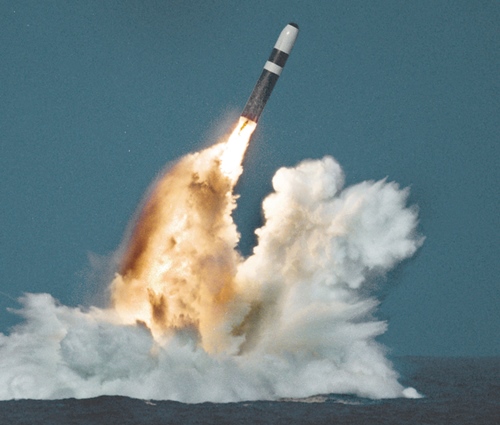
Propaganda now: Not only for War, but also for Peace
Etienne Augé heeft vier belangrijke propagandatechnieken benoemd die invloedrijk en effectief zijn tijdens oorlog en conflict (NRC 18/12/24, “Deze vier ‘typische’ propaganda-methoden gebruikt Defensie”). Hij focust op hoe deze technieken worden gebruikt in een speech van de secretaris-generaal van de NAVO, die pleit voor meer geld voor defensie.
Hoewel Augé gelijk heeft dat deze technieken goed werken om een vijandbeeld te scheppen en steun te krijgen voor militaire acties, kunnen deze technieken net zo werken voor goede doelen, zoals het bevorderen van vrede en hulpverlening.
1. Het Hulpeloze Slachtoffer: organisaties zoals UNICEF en het Rode Kruis laten zien hoe kinderen lijden in conflictgebieden om donaties en steun te krijgen voor vrede en hulp.
2. De Onmenselijke Vijand: documentaires en campagnes laten de verschrikkingen van oorlog zien, zoals de schade aan burgers en de lange termijn psychologische effecten. Dit kan mensen motiveren om vredesoplossingen te steunen. Een goed voorbeeld is hoe de oorlog in Gaza wordt verteld.
3. De Domino-theorie: campagnes die laten zien hoe vredesakkoorden in één land kunnen zorgen voor stabiliteit en economische groei in de hele regio. Denk aan hoe het vredesproces in Noord-Ierland de relaties in de rest van het Verenigd Koninkrijk en Ierland verbeterde.
4. De Strijd tussen Goed en Kwaad: campagnes die beroemde vredesactivisten en hun bewegingen in de schijnwerpers zetten, zoals Martin Luther King Jr. en de burgerrechtenbeweging, of Mahatma Gandhi en de Indiase onafhankelijkheidsbeweging. Dit kan mensen inspireren om voor vrede en geweldloos protest te kiezen.
Etienne Augé has identified four important propaganda techniques that are influential and effective during war and conflict (NRC 18/12/24, “These four ’typical’ propaganda methods used by Defense”). He focuses on how these techniques are used in a speech by the Secretary General of NATO, who calls for more money for defense.
Although Augé is right that these techniques work well to create an enemy image and gain support for military actions, these techniques can work just as well for good causes, such as promoting peace and relief.
1. The Helpless Victim: Organizations such as UNICEF and the Red Cross show how children suffer in conflict zones to gain donations and support for peace and relief.
2. The Inhuman Enemy: Documentaries and campaigns show the horrors of war, such as the damage to civilians and the long-term psychological effects. This can motivate people to support peace solutions. A good example is how the war in Gaza is told.
3. The Domino Theory: campaigns that show how peace agreements in one country can create stability and economic growth throughout the region. Think of how the peace process in Northern Ireland improved relations in the rest of the United Kingdom and Ireland.
4. The Battle of Good vs. Evil: Campaigns that spotlight famous peace activists and their movements, such as Martin Luther King Jr. and the civil rights movement, or Mahatma Gandhi and the Indian independence movement. This can inspire people to choose peace and non-violent protest.
Ricky Turpijn


